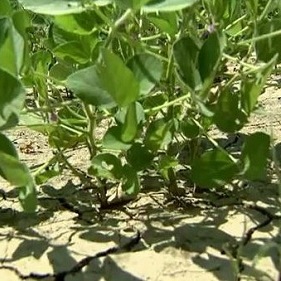Hoping To Avoid Baked ‘Beans
 A strange and wonderful thing happened in my area this past weekend – water actually fell from the sky. I think the ancients used to call it “rain.”
A strange and wonderful thing happened in my area this past weekend – water actually fell from the sky. I think the ancients used to call it “rain.”
All kidding aside, it was a nice change of pace from summer 2012 to actually have some rain fall. This year, it’s been far from the norm. In our stretch of Northeast Ohio, we’ve had 23 days of over 90 degree days. In the St. Louis area, a century-old record was broken as thermometers recorded almost two weeks of triple-digit temperatures.
Needless to say, this lack of rainfall, coupled with hot, humid weather, has severely impacted the nation’s corn crop. As of the beginning of August, many growers in the Midwest, particularly in Indiana and Southern Illinois, have plowed their fields under and are looking for help from their crop insurance policies. In all, the National Crop Insurance Services estimates losses could top $20 billion, an increase of almost 70% from the 2011 total.
Now that “the corn has been cooked,” so to speak, soybeans could be next, unfortunately. August is the key growing month for this crop and a little break in the drought could keep soybean yields near their averages for much of the nation. Right now, however, USDA researchers have ranked 37% of the nation’s soybean quality from very poor to poor. Put into some perspective, this is the lowest quality level recorded since 1988.
But no matter what happens, analysts are already warning that food prices will rise this fall between 4.5% and 7%. Furthermore, some ag retailers are beginning to revise downward their projections for fall fertilizer and application sales as a result of the financial hit many grower-customers will likely face.
This could make for a very long fall indeed, for everyone in the agricultural community.






